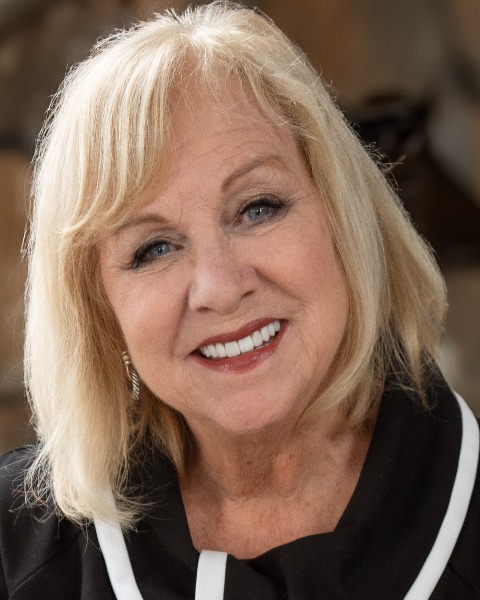Case Presentation and Patient Communication: Clinical (Allied Staff)
OMS and Other Dental Specialists
Professional Staff
PM14 - Enhancing Case Presentation and Treatment Acceptance Skills
Friday, September 13, 2024
10:30 AM - 12:30 PM EDT
Location: W230AB, Orange County Convention Center
CE: 2.0 CDE

Debra L. Engelhardt-Nash (she/her/hers)
Consultant, Speaker, Educator
ADMC, SCN, APDP
Charlotte, North Carolina
Speaker(s)
Eighty-five percent of the time healthcare providers spend with their patients is communicating – learning their expectations and communicating the practice’s recommendations and protocols. Studies show that 90 percent of human communication is non-verbal and non-verbal communication is more accurate than verbal communication. Imagine the impact providers can have on patients when they combine the right body language, tone of voice, facial expressions and words to communicate their practice goals and treatment objectives to the clients receiving their care. This session will explore how OMSs and assistants can genuinely improve their communication effectiveness on the phone and at the chair to increase treatment acceptance, patient satisfaction and practice growth.
Learning Objectives:
At the conclusion of this presentation, participants should be able to:
- Analyze how to enhance team roles in presenting treatment.
- Determine the critical questions to help patients choose their care.
- Develop telephone introduction skills.
- Explain the importance of body language, tone of voice and facial expressions.
- Describe how to present financial protocols.

